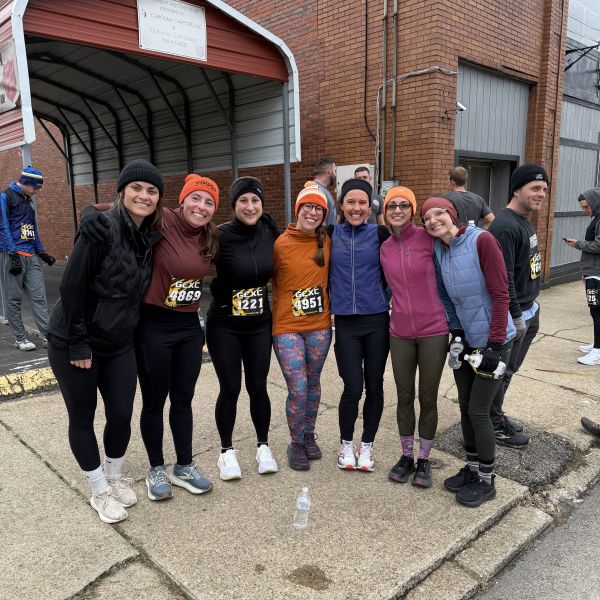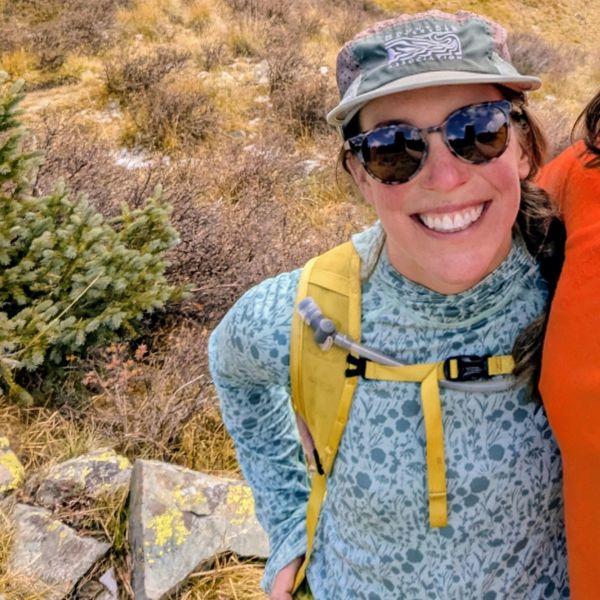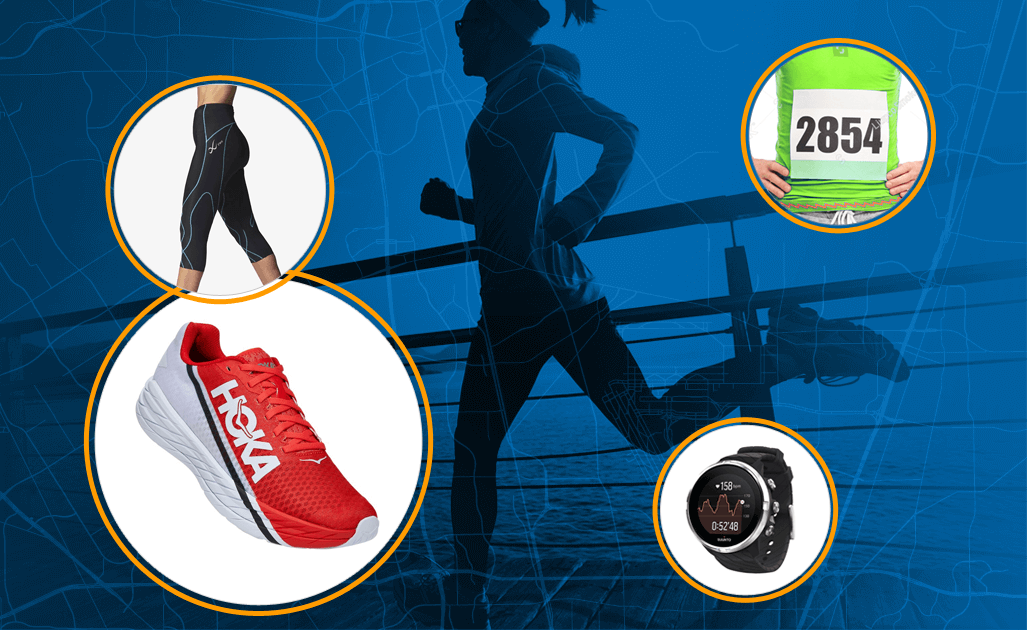Run enough trail miles and you're bound to get beat up a little. Scrapes, cuts, bee stings, a nasty fall...it happens. Be prepared with an outdoor first aid kit.
"Wow, that could’ve turned out better if only I had a first aid kit?"
😲I sure have…
Keep reading for some gnarly stories that might scare you into carrying an outdoor first aid kit.
Yet, with a little bit of thought and a few carefully selected first aid items, we can alleviate many injuries and abrasions while miles deep in the woods.
Maybe you're not convinced you need to run with an outdoor first aid kit.
What's the big deal? You've ran a million miles without incident. Why pack along something you don't need?
💼A little bit of advice: At some point, you're going to need an outdoor first aid kit.
But eventually you or someone you're running with will go down bleeding, end up with a gash, or some other gnarly bodily abrasion, and you'll wish you had an outdoor first aid kit to make it better.
👉Here's a few examples that prompted me to put together an outdoor first aid kit and carry it with me...
.
There I was, iPhone in hand, squatting down low at the end of an 11-mile, steep, point-to-point trail run, waiting to capture a photo of the four friends with whom I had just shared an awesome adventure.
😲I leapt up, and as we gathered around her, we saw that a several-inch flap of skin hung from her forehead, revealing her skull.
NO ONE HAD FIRST AID.
One of the women took off her heavyweight cotton Mount Summit sweatshirt and wrapped it around her head.
I took off sprinting as hard as I could after a passing vehicle, because our ride wasn’t there yet.
We hopped into the vehicle and desperately tried to call local emergency services to no avail. We were in a zero-reception zone.
After rushing her to the hospital, she left with 24 stitches in her head.
.
A friend met me on a nice fall evening for a five-mile out-and-back trail run.
Midway on the run, we had to balance our way across a log to cross a creek where a bridge had recently been washed away by flood.
😲We had zero FIRST AID, so I removed a glove to compress her eyelid in order to control the bleeding.
When we returned to my house, my husband administered first aid.
No stitches were needed, but it took a while for the cut to heal. We considered ourselves lucky that we got out of the woods before dark and that I had a glove to spare.
.
I was running with a large group of friends.
We were almost done with a three-mile trail loop, less than a quarter mile from the parking lot.
😲The outcome: a fractured ankle.
.
So those three incidents aren't enough to convince you to carry an outdoor first aid kit with you when you trail running?
Fine. Here's a few more...
🏃♀️Other incidents encountered with friends
😲Then there are the incidents I’ve personally experienced in the woods that have made carrying FIRST AID and a cell phone an absolute must.
These situations have occurred while trail running, hiking and mountain biking:
Since those incidents, I now carry an outdoor first aid kit on runs longer than one hour, and I encourage you to do the same.
So what should you put in your outdoor first aid kit?
After running, biking, and hiking thousands of trail miles, I've had my share of injuries and seen plenty of other people get hurt on the trail.
You don't want to carry so many first aid supplies that it feels heavy.
So here are my top 15+ picks to help you build your own outdoor first aid kit:
❄Winter first aid
😎Summer first aid
🏃♀️Long run and fastpacking first aid
🌄When running on new trails...
👉The most important things...
💪Multisport athlete? Consider kits for everything.
Not to worry. Packable kits like these are available for purchase:
Outdoorgearlab.com also provides a thorough review of several packable first aid kits.
Here’s to happy, safe running!

Login to your account to leave a comment.





We Want to Give it to You!
